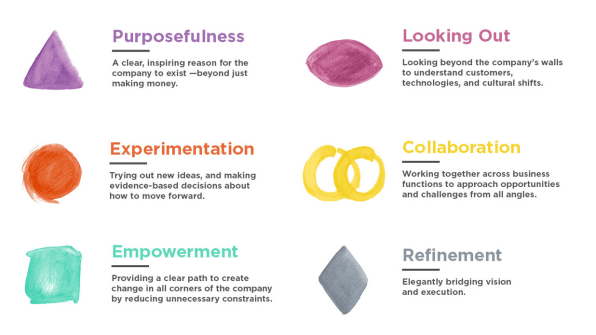Living organisms function, respond to change and grow through the metabolic process of transforming nutrients into energy. Team metabolism is the transformation of useful feedback into energy. Thriving teams have better metabolisms than struggling teams. It is the metabolic wellbeing of a living organism that supports the thrivancy of teams.
Metabolism is catalyzed by enzymes. In the life of teams, good questions are the enzymes that catalyze the transformation of feedback into energy.
These questions come in a variety of forms:
- What can we learn from the results we're getting?
- What are user experiences with what we deliver?
- What do users find most and least useful?
- What are our experiments teaching us?
- What's our actual brand in our markets?
- What do our markets know and don't know about us?
- What impacts are we having on each other as we work together?
Struggling teams believe the sum of their individual efforts determines how well they function, respond and grow. Thriving teams know it's their team metabolism that makes the difference. They dedicate time daily, every two weeks and quarters transforming useful feedback into the energy that inspires and shapes their progress.


